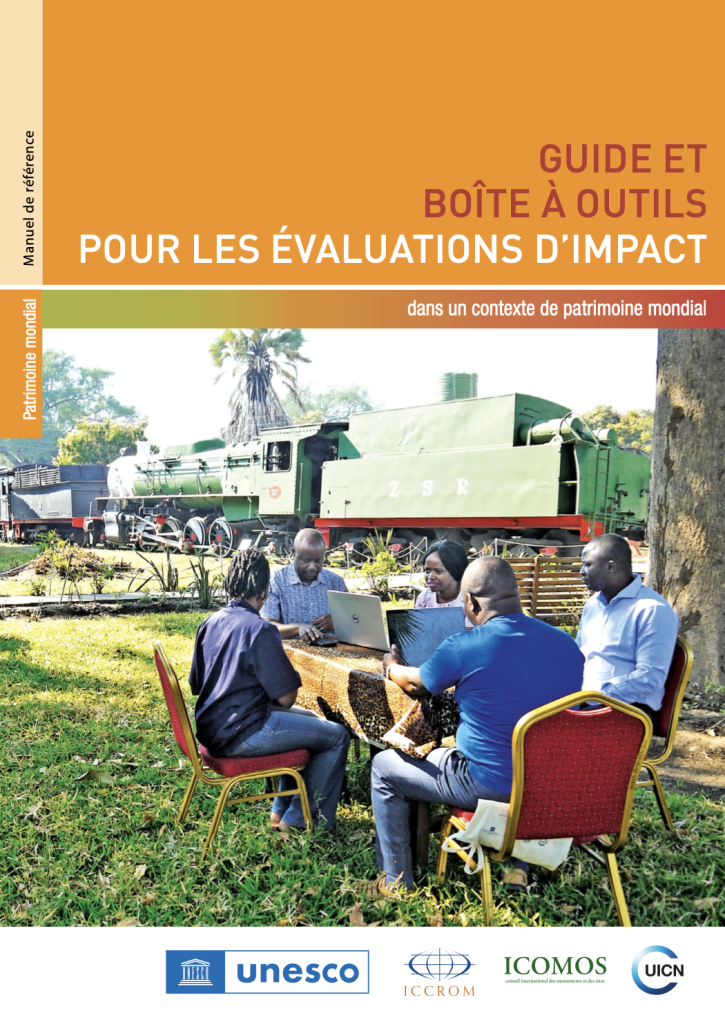
We are excited to announce that the Guidance and Toolkit for Impact Assessment in a World Heritage context is now available in French, making it accessible to thousands more cultural and natural heritage custodians.
By providing key resources in different languages, we are improving the accessibility and availability of essential information. It is crucial that heritage professionals have the resources they need to assess potential impacts of development projects and changes on World Heritage sites, and this translation is an important step in that direction. The guidance was published in English last year, as the World Heritage Convention celebrated its 50th anniversary. Today, over 1100 sites around the world are recognized as World Heritage - places so precious to humanity that their conservation has been deemed our collective responsibility. Yet many of these exceptional places are under increasing pressure from various types of development in and around the sites. Assessing the impacts of such projects - before deciding to implement them - is essential to prevent damage to World Heritage and identify sustainable options.
The "Guidance and Toolkit for Impact Assessment in a World Heritage Context" is the essential reference that explains the process for achieving these objectives. Offering practical advice and tools, such as checklists and a glossary, it provides a framework for conducting impact assessments for cultural and natural heritage sites.
Developed by UNESCO and the Advisory Bodies to the World Heritage Committee, ICCROM, ICOMOS, and IUCN, under the coordination of the World Heritage Leadership programme, the guidance encourages cross-sectoral and multi-disciplinary collaboration to identify solutions for protecting World Heritage sites while supporting sustainable and appropriate development. States Parties to the World Heritage Convention, heritage managers, decision-makers, urban planners and developers are invited to use it to give concrete expression to our collective commitment to passing on our precious heritage to future generations.
